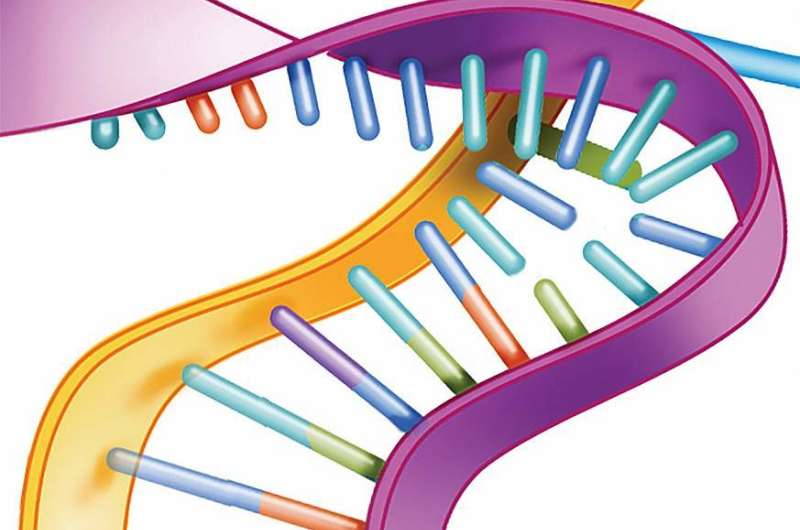下一代肌萎缩性侧索硬化症药物沉默遗传形式的疾病在动物模型

美国国立卫生研究院资助的研究人员通过给啮齿动物注射一种第二代药物来抑制超氧化物歧化酶1 (SOD1)基因,从而延缓了肌萎缩性脊髓侧索硬化症(ALS)的出现。研究结果发表在临床调查杂志,表明较新版本的药物可能有效治疗由SOD1中突变引起的遗传形式。目前,该药正在在ALS临床试验中进行测试(NCT02623699)。
Als破坏了负责激活肌肉的运动神经元,导致患者迅速失败肌肉力量和他们的说话,吞咽,移动和呼吸能力。大多数死亡在症状发作的三到五年内。以前的研究表明基因治疗药品它被称为反义寡核苷酸,可以用于治疗SOD1基因突变引起的一种肌萎缩性脊髓侧索硬化症。这些药物通过抓住信使RNA (mRNA)中编码的基因版本,标记它们以处理并阻止SOD1蛋白的产生来关闭SOD1蛋白。
sing rats and mice genetically modified to carry normal or disease-mutant versions of human SOD1, a team of researchers led by Timothy M. Miller, M.D., Ph.D., Washington University, St. Louis, MO, discovered that newer versions of the drug may be more effective at treating ALS than the earlier one that had been tested in a phase 1 clinical trial. For instance, injections of the newer versions were more efficient at reducing normal, human SOD1 mRNA levels in rats and mice and they helped rats, genetically modified to carry a disease-causing mutation in SOD1, live much longer than previous versions of the drug. Injections of the new drugs also delayed the age at which mice carrying a disease-mutant SOD1 gene had trouble balancing on a rotating rod and appeared to prevent muscle weakness and loss of connections between nerves and muscles, suggesting it could treat the muscle activation problems caused by ALS. These and other results were the basis for a current phase 1 clinical trial testing the next generation drug in ALS patients.
















用户评论